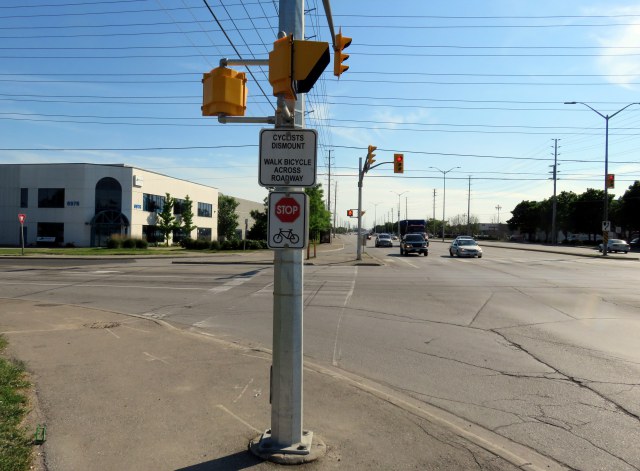We need a NATIONAL approach to cycling, like in the Netherlands.
The Nederlands, as the commentator states, had a *National Will* for change, or at least did a few decades ago. Some of the smaller European nations have displayed this, it's a product of a national mindset and cohesiveness that is very lacking in a nation like Canada, albeit it was displayed here two decades ago too when electing the Chretien-Martin regimes to tackle the national debt problem. The nation gave them a mandate to do it. That won't happen today.
With the *ME,ME,ME* generation (the term *I* phone is no mistake) that will is gone. Holland today could not do what she did back then, not to begrudge her in the least, the Dutch have a magnificent sense of social responsibility manifest on a national scale, such that the Frisians have never pushed for independence, they don't need to, and they are extremely fortunate that the National Will to change transportation policy happened when it did, as today, change on a national basis is difficult for most any nation to affect. I have extreme respect for the Dutch, but to think that we can copy their highly laudable model and mindset is manic to say the least.
Just stand at a major intersection in Toronto and watch motorists and cyclists alike. I'm sorry to be so cynical, but the Will to Change is absent in most Anglo nations, perhaps NZ being an exception...
It doesn't mean that we shouldn't keep pushing for change, but to think we could ever achieve something like what Holland has is fantasy. Canadians drive more distance per-capita than even Americans, and use more fuel to do it. It's just fortunate, as some posters have pointed out, that Toronto compares favourably to Calgary and Edmonton. Talk about a low bar....we can't even come close to New York, for instance.
On an up note, I'll be forwarding the link to that vid to a number of persons, not just for the cycling aspect, but also the societal one. The Danes did something very similar. It can be done, but not by just anyone.
[...]
The Danish model
From the 1970s to the 1980s, several conflicts arose between bicycle and car interests in Danish cities. One example was the wave of popular protests which followed in the wake of a proposal from the Copenhagen authorities to establish a motorway across the lakes which separate the inner city of olden times from the more recent suburban districts. There was an enormous outcry because, then as now, the lakes were some of the city's loveliest open spaces.
Gradually it became clear to most people that the solution to the problems had to be city planning that gave space to cars, bicycles, pedestrians and public transport. Out of this realisation grew the Danish model with its extended network of cycle lanes along the roads, which continues to be further developed. In the last 10 years, new challenges have emerged. In Denmark, as in other countries, there is a desire to improve public health and combat climate change. In Copenhagen and several other Danish cities it has led to an intensified effort to maintain and strengthen cycling culture.
[...]
http://denmark.dk/en/green-living/bicycle-culture/how-denmark-become-a-cycling-nation
The entire article is much longer and fascinating.






